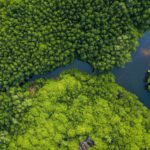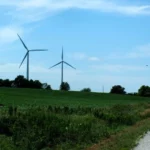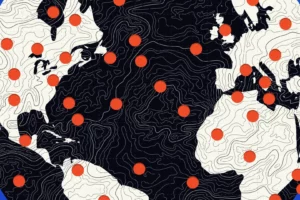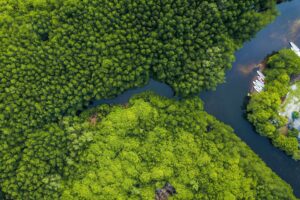Southern Alberta is home to a wide range of wildlife and topography, ranging from prairie grasslands to the Rocky Mountains.
That unique landscape is what organizations like the Nature Conservancy of Canada (NCC) are trying to protect.
“We have conserved land through different mechanisms, including fee simple and this means direct acquisition, so purchase of properties as well as conservation easements,” said Sean Feagan, media and communications coordinator for NCC.
In 25 years, the group has conserved more than 400,000 hectares of land in Alberta.
That includes recent conservancy projects in the southern part of the province, in particular near Waterton Lakes National Park.
“It’s not just wildlife. These are important areas for our headwaters, the drinking water that supports ourselves, our industries and our natural ecosystems,” Feagan said.
It’s those waters that have the attention of officials with the Canadian Parks and Wilderness Society – Southern Alberta Chapter (CPAWS).
“We want to make sure that trout populations are healthy, but we want to make sure the water itself is healthy,” said executive director Katie Morrison.
CPAWS is part of conservation efforts centered on native trout species, two of which call the waters in the southern part of the province home. Those species are considered threatened
“If waters are clean and healthy we should be seeing those healthy trout populations,” Morrison said. “That we’re not, we know that there are habitat issues.”
The organization is working on restoration and engagement initiatives to address low trout populations.
Advocates say conservation efforts can have a wide impact and need to accelerate.
“These nature-based solutions can really have a massive effect in conserving habitat, in trying to fight climate change,” Feagan said.
The federal government has committed to conserving 25 per cent of Canada’s lands and oceans by 2025.
Federal data shows 13.6 per cent of the country’s landmass is conserved as of December 2022.
According to Feagan, the goal is achievable through collaboration.
“Through multiple actors, so government, First Nations, corporations, individual foundations,” Feagan said.
Source : Global News











Add Comment